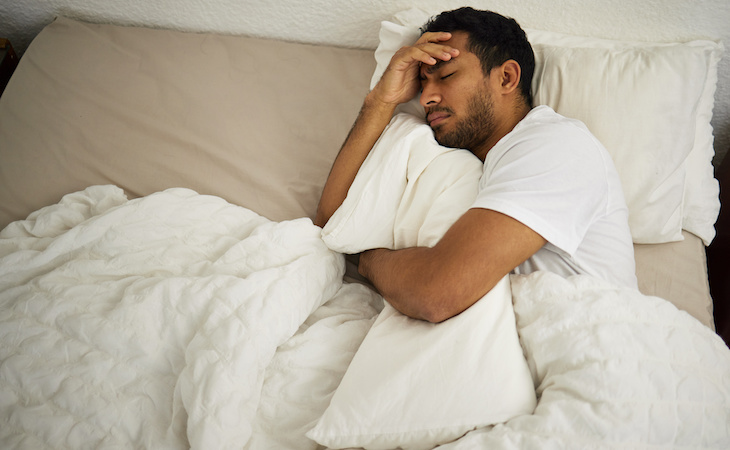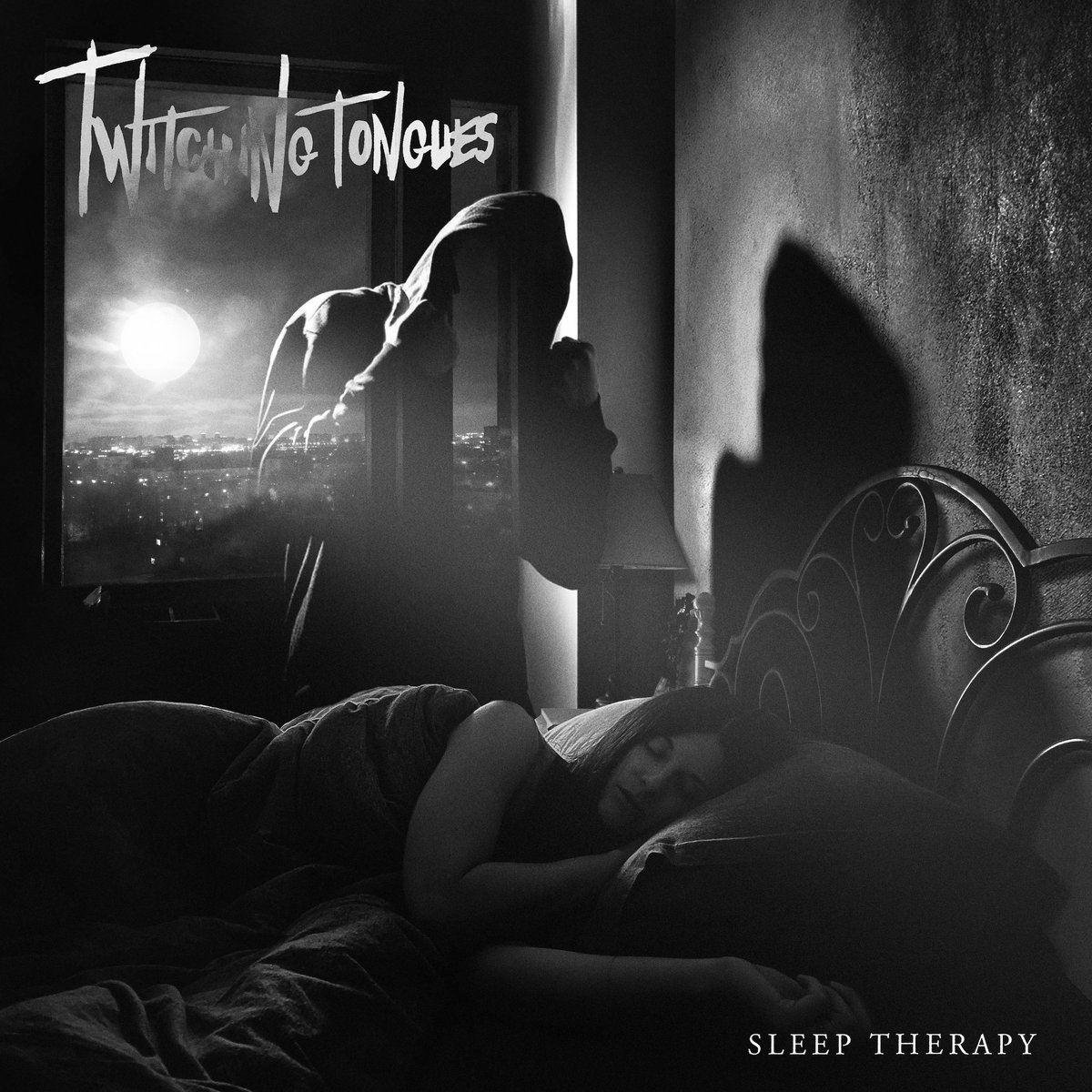Cognitive Behavioral Therapy for Insomnia (CBT-I) - Proven Techniques
Reliable Therapy Solutions for Managing Rest Disorders and Enhancing Relaxing Sleep
In the realm of medical care, the administration of sleep conditions and the pursuit for relaxing rest are pivotal parts of total wellness. Effective therapy remedies offer a multifaceted approach to deal with these difficulties, ranging from cognitive behavioral interventions to holistic techniques that advertise leisure and mindfulness. The expedition of numerous methods, consisting of the assimilation of drug and light therapy, opens a world of possibilities in the pursuit of much better rest high quality. As we navigate the detailed landscape of rest disorders and seek to improve our sleep experience, a deeper understanding of these therapy solutions might hold the secret to unlocking a more refreshing and satisfying corrective journey.
Cognitive Behavior Modification for Sleep Problems (CBT-I)
Cognitive Behavior Modification for Sleep Problems (CBT-I) is an organized, evidence-based treatment method that concentrates on dealing with the hidden elements adding to sleep disturbances. This type of treatment aims to modify habits and ideas that intensify sleep problems, inevitably promoting healthy and balanced rest patterns. CBT-I typically involves a number of crucial parts, including cognitive therapy, sleep constraint, stimulation control, and rest hygiene education and learning.
Cognitive therapy assists people recognize and change negative thought patterns and beliefs regarding sleep that might be impeding their capability to fall or remain asleep. Rest constraint includes restricting the amount of time invested in bed to match the individual's real sleep period, thereby boosting sleep efficiency (sleep improvement therapy). Stimulus control strategies assist develop a strong association between the bed and sleep by urging people to go to bed just when drowsy and to prevent participating in stimulating activities in bed
Furthermore, rest hygiene education and learning concentrates on establishing healthy rest routines, such as keeping a consistent rest timetable, creating a relaxing bedtime regimen, and enhancing the sleep atmosphere. By resolving these aspects comprehensively, CBT-I uses an effective non-pharmacological treatment for handling sleeplessness and improving general sleep high quality.
Rest Health Practices
Having established the foundation of cognitive restructuring and behavior alterations in addressing sleeplessness with Cognitive Behavior modification for Sleep Problems (CBT-I), the emphasis now moves towards exploring necessary Sleep Health Practices for keeping optimum sleep top quality and overall well-being.
Rest health methods include a range of routines and environmental variables that can considerably impact one's capacity to sleep and remain asleep throughout the evening. Constant sleep and wake times, producing a relaxing going to bed regimen, and optimizing the rest atmosphere by maintaining it dark, quiet, and cool are crucial components of excellent sleep health. Restricting direct exposure to screens prior to going to bed, avoiding energizers like caffeine near to bedtime, and engaging in routine physical task throughout the day can additionally advertise better rest top quality.
Furthermore, exercising relaxation methods such as deep breathing exercises or reflection prior to bed can help relax the mind and prepare the body for sleep. By integrating these rest health methods into one's day-to-day routine, individuals can establish a healthy sleep pattern that sustains peaceful sleep and total well-being.
Leisure Techniques and Mindfulness
Carrying out leisure strategies and mindfulness techniques can play a pivotal function in fostering a feeling of tranquility and advertising top quality sleep. insomnia solutions. These techniques intend to silent the mind, minimize anxiety, and produce an optimal setting for peaceful sleep. One widely exercised approach is deep breathing exercises, where people concentrate on sluggish, deep breaths to kick back the body and mind. Dynamic muscle relaxation includes tensing and after that releasing each muscle mass team, promoting physical leisure. Additionally, led images can assist move individuals to a calm place in their minds, helping in anxiety reduction and enhancing rest high quality.
Mindfulness techniques, such as meditation and yoga, are also effective in advertising leisure and boosting rest. Mindfulness encourages people to remain present in the moment, releasing bother with the past or future. By integrating these Click This Link practices right into a bedtime regimen, people can signal to their bodies that it is time to loosen up and prepare for sleep. On the whole, integrating relaxation techniques and mindfulness methods can considerably contribute to managing sleep conditions and enhancing total sleep top quality.

Medication Options for Sleep Disorders
After discovering leisure techniques and mindfulness techniques as non-pharmacological interventions for improving sleep high quality, it is necessary to think about medication choices for people with rest conditions. In instances where article source lifestyle adjustments and treatment do not provide sufficient alleviation, medicine can be an important device in taking care of rest disturbances.
Typically suggested drugs for sleep conditions consist of benzodiazepines, non-benzodiazepine hypnotics, antidepressants, and melatonin receptor agonists. Benzodiazepines, such as diazepam, are sedatives that can aid cause sleep, however they are generally recommended for temporary use as a result of the threat of reliance. Non-benzodiazepine hypnotics like zolpidem are additionally utilized to treat sleeping disorders and have a reduced threat of reliance compared to benzodiazepines. Antidepressants, such as trazodone, can be useful for individuals with co-occurring depression and rest disturbances. Melatonin receptor agonists, like ramelteon, target the body's all-natural sleep-wake cycle and can be valuable for controling sleep patterns.
It is critical for individuals to seek advice from a doctor to identify the most suitable medication alternative based on their particular sleep disorder and case history.
Light Treatment for Circadian Rhythm Guideline
Light therapy, likewise called phototherapy, is a non-invasive therapy approach made use of to regulate body clocks and enhance sleep-wake cycles. This treatment involves direct exposure to brilliant light that resembles all-natural sunshine, which aids to reset the body's biological rhythm. By revealing people to details wavelengths of light, generally in the early morning or evening depending on the preferred impact, light treatment can efficiently readjust the body clock to promote wakefulness throughout the day and boost relaxing rest at night.
Research has actually revealed that light therapy can be particularly advantageous for people with circadian rhythm problems, such as delayed sleep phase syndrome or jet lag. It blog can likewise be useful for those experiencing seasonal depression (SAD), a sort of clinical depression that generally happens throughout the winter season when natural light exposure is reduced. Light therapy is generally well-tolerated and can be made use of together with other treatment methods for sleep disorders to enhance outcomes and boost overall rest top quality.
Verdict
In verdict, effective therapy remedies for taking care of sleep problems and enhancing relaxing rest consist of Cognitive Behavior modification for Sleeping Disorders (CBT-I), sleep health techniques, leisure techniques and mindfulness, medicine alternatives, and light therapy for body clock guideline. These strategies can assist individuals enhance their rest top quality and general wellness. It is important to speak with a medical care company to establish the most ideal technique for attending to sleep issues.
As we navigate the detailed landscape of sleep problems and seek to boost our sleep experience, a deeper understanding of these treatment solutions might hold the key to opening an extra rejuvenating and satisfying restorative journey.
Rest constraint includes restricting the amount of time spent in bed to match the individual's actual rest duration, thus increasing sleep performance. Regular sleep and wake times, creating a relaxing bedtime regimen, and enhancing the rest setting by keeping it dark, quiet, and cool are vital parts of good sleep hygiene. Light treatment is typically well-tolerated and can be made use of in conjunction with various other therapy techniques for rest disorders to optimize results and enhance general sleep quality.
